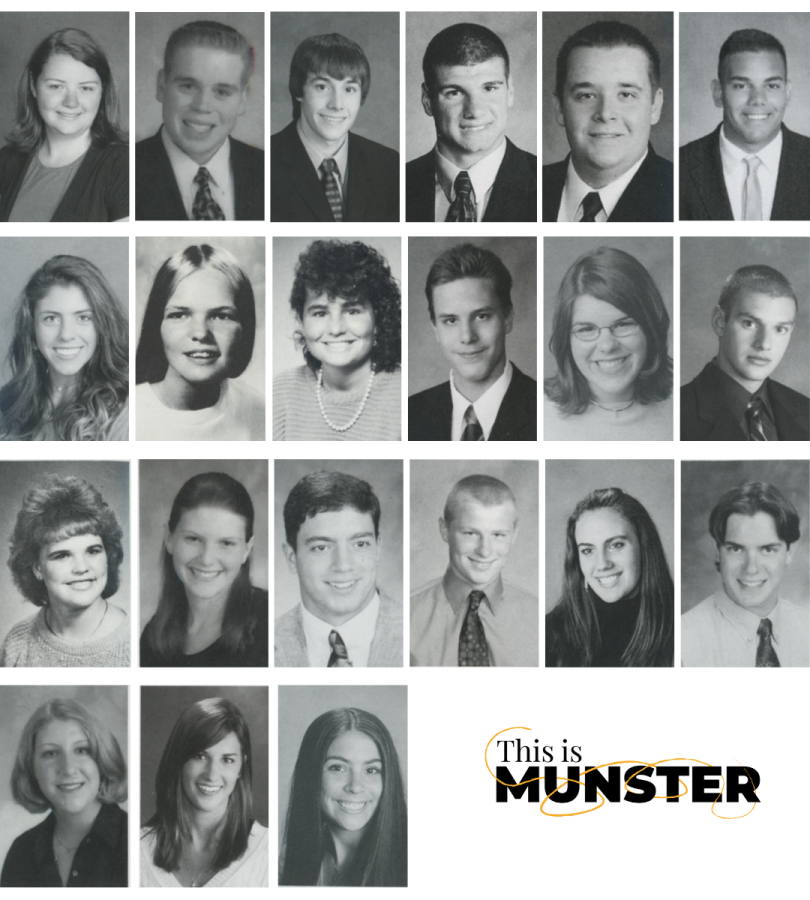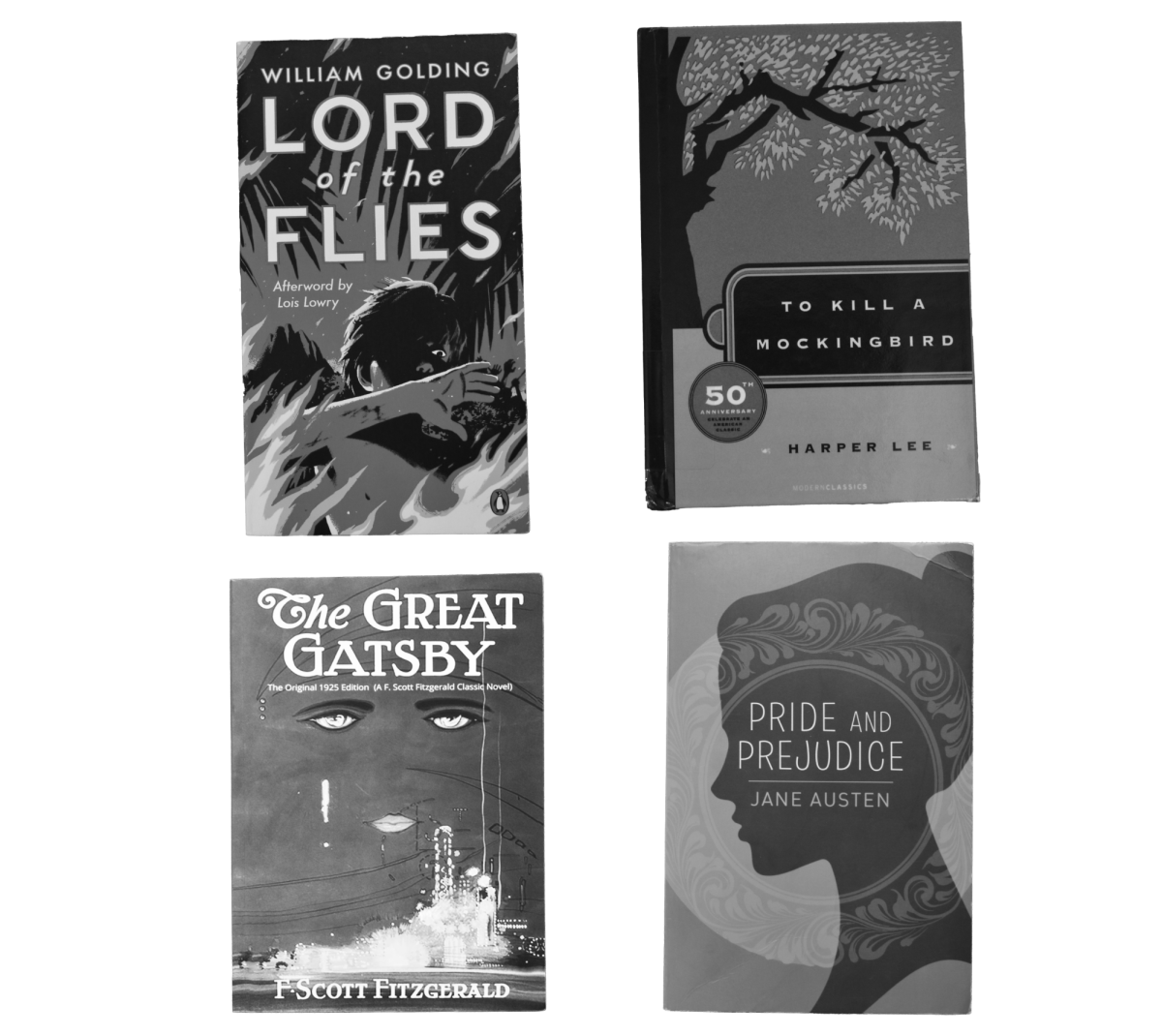Lies and lessons
Overall: “To Kill a Mockingbird” is about a small family, Atticus, Scout and Jem Finch and Calpurnia the maid. The story centers around the childhood of Scout and Jem while their father defends a man who has been falsely accused of rape, Tom Robinson, while the whole town is against him. Because of this, the family faces challenges but stays strong in their defense of Tom.
This book brought attention to prejudices and wrongdoings that were happening throughout the United States and became popular instantly when it was published in 1960.
Engagement for school: The complexities of the lives of Scout and Jem are far greater than one would expect and keep the reader wanting to know what will happen not only to them, but to Boo Radley and every other character, as well as the result of the court case.
Students can learn a lot with the symbolism of the book, teaching children about the effects of gossiping and bad mouthing as well as lying in a way that harms someone. While it is banned in some places because of racism and the mention of rape, it has important lessons and should be taught.
Author: Harper Lee
Page count: 336
Time spent reading: 9 hours. school got in the way
Beware the monster
Overall: Published in 1954, “Lord of the Flies” is about a group of boys stranded on an island after a plane crash, learning how to fend for themselves to survive.
The novel is a realistic example of the savagery humankind reverts to in dire situations, including a clear connection to survival of the fittest within animal groups. The character’s childlike teasing and imaginations are also true to their young ages, adding to the overarching authenticity as a story.
Engagement for school: As a fast-paced book, it’s hard to get bored. Every page has something new, so you get fully enveloped in the storyline.
Its many symbols, message of natural human savagery, and overall entertainment makes “Lord of the Flies” a great book for school, despite it being on the banned books list for so called “offensive implications” within the novel. Younger audiences can learn from the characters and story outcome, rather than use it as an essay topic.
Author: William Golding
Page count: 202
Time spent reading: 9 hours. font size was hard to read
Unrequited love
Overall: Overall, this is a good book. The Great Gatsby is written from the view of Nick Carraway, a man who moved to New York in the 1920s. While in New York he meets James Gatsby.
Nick spends most of his time with his cousin Daisy, and Gatsby. Through Daisy and Gatsby, Nick gets to be around rich people during his time in New York. The book comes to an end with Nick staring at the same green light on his cousin’s dock from the beginning.
Engagement for school: I didn’t want to stop reading when I started. For me, it is appropriate despite small amounts of cursing, alcohol use and death. What makes this book appropriate to me is that it shows an image of the American Dream and chase for love.
Gatsby is the character that shows the American Dream. This book allows one to see how they could reinvent themselves and become someone who they could only dream of being.
Author: F. Scott Fitzgerald
Page count: 110
Time spent reading: 7 hours. hard to stay focused
Austen-ishingly good
Overall: Jane Austen’s “Pride and Prejudice” is a timeless piece that enthralls the viewers with its eloquence, fluidity, and amusing banter. Austen’s words on the systems of class in the early 1800s England is a backdrop for this love story.
The dialogue cleverly envelops you into the story, and you can’t help but root for the bad-mannered Mr. Darcy through his ventures to win Elizabeth’s heart. Overall, the pacing of this story was perfect, even as a non-reader, I found this book to be a riveting experience.
Engagement for school: This is a love story, so it’s up to the reader to decide how appropriate it is for school. However, I believe that including stories that explore romance and aesthetic attraction is important for students—both in terms of discussion and exposure to it.
It’s also important to highlight this story’s themes of wealth, prejudice and social status, which are themes relevant to our everyday lives. I was fully engaged throughout my run of this book, Jane’s style of writing fully draws you in.
Author: Jane Austen
Page count: 266
Time spent reading: 11 hours. I’m a slow reader










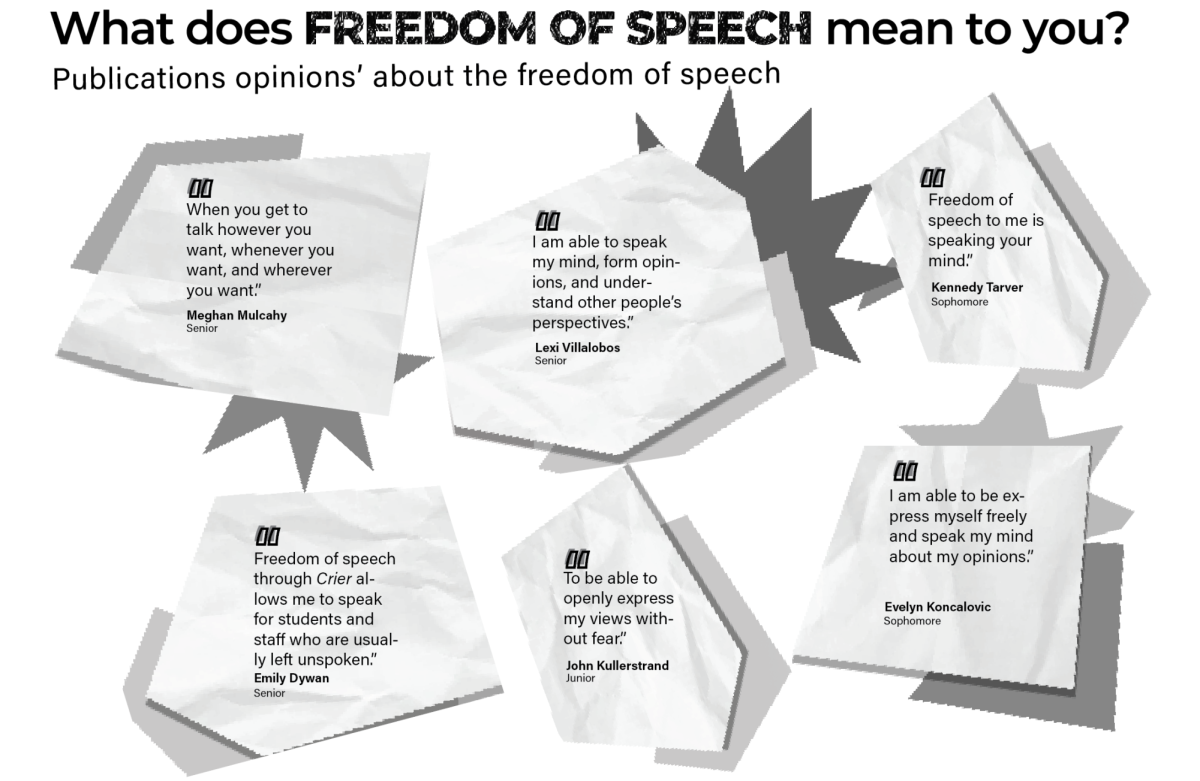





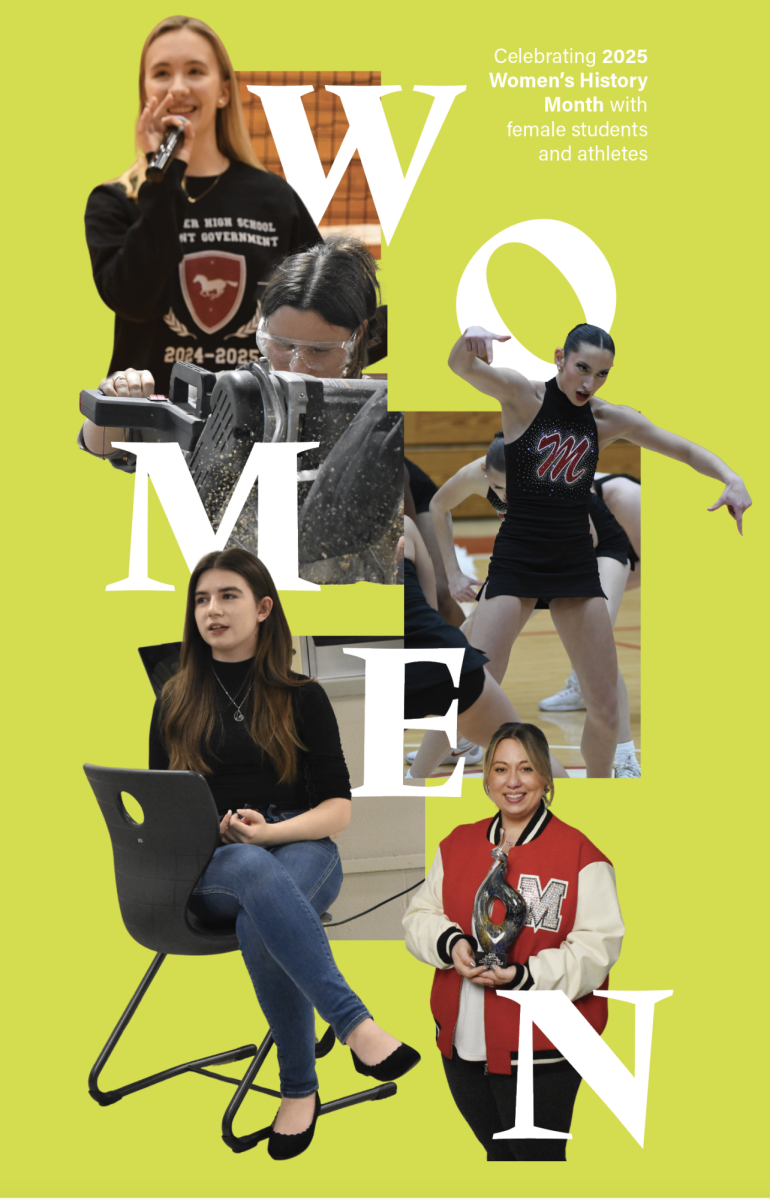

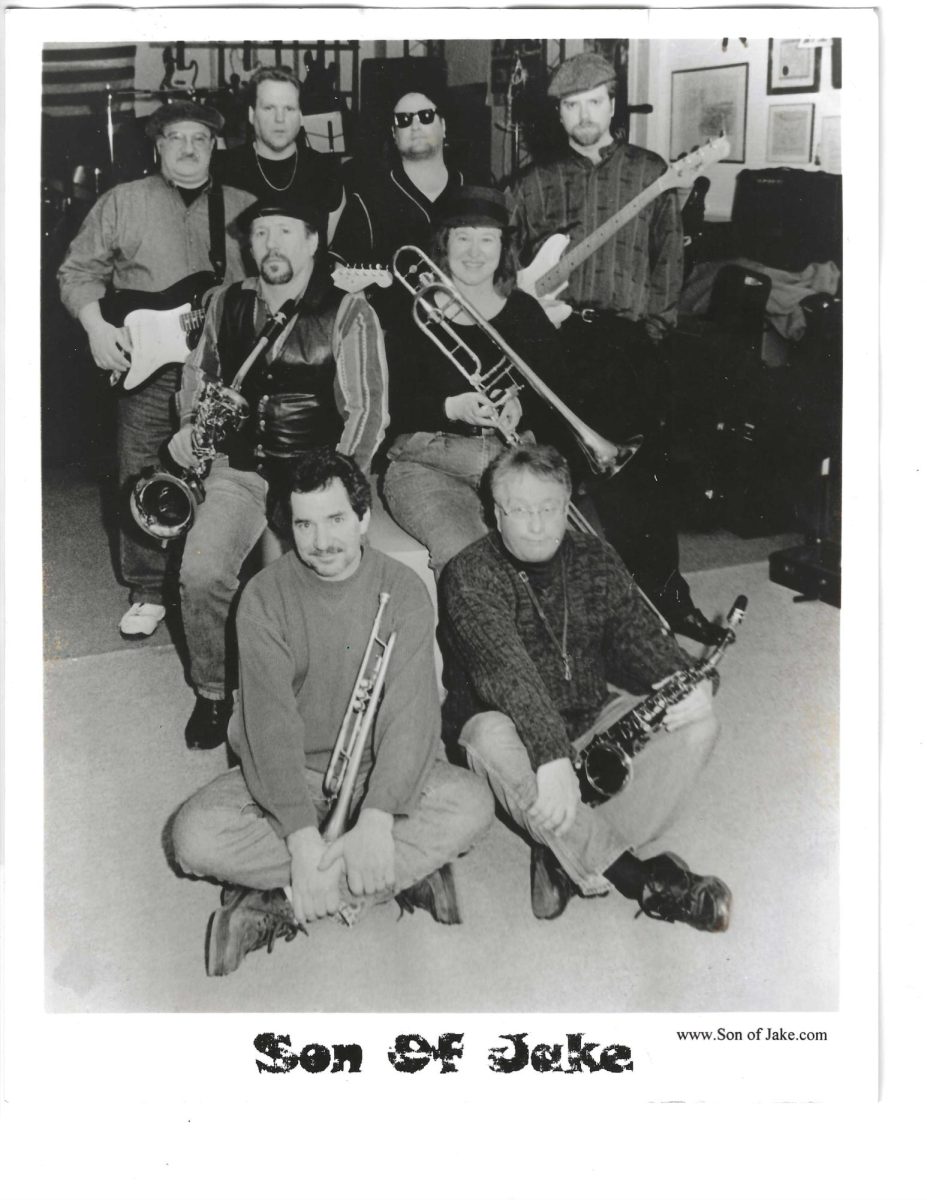







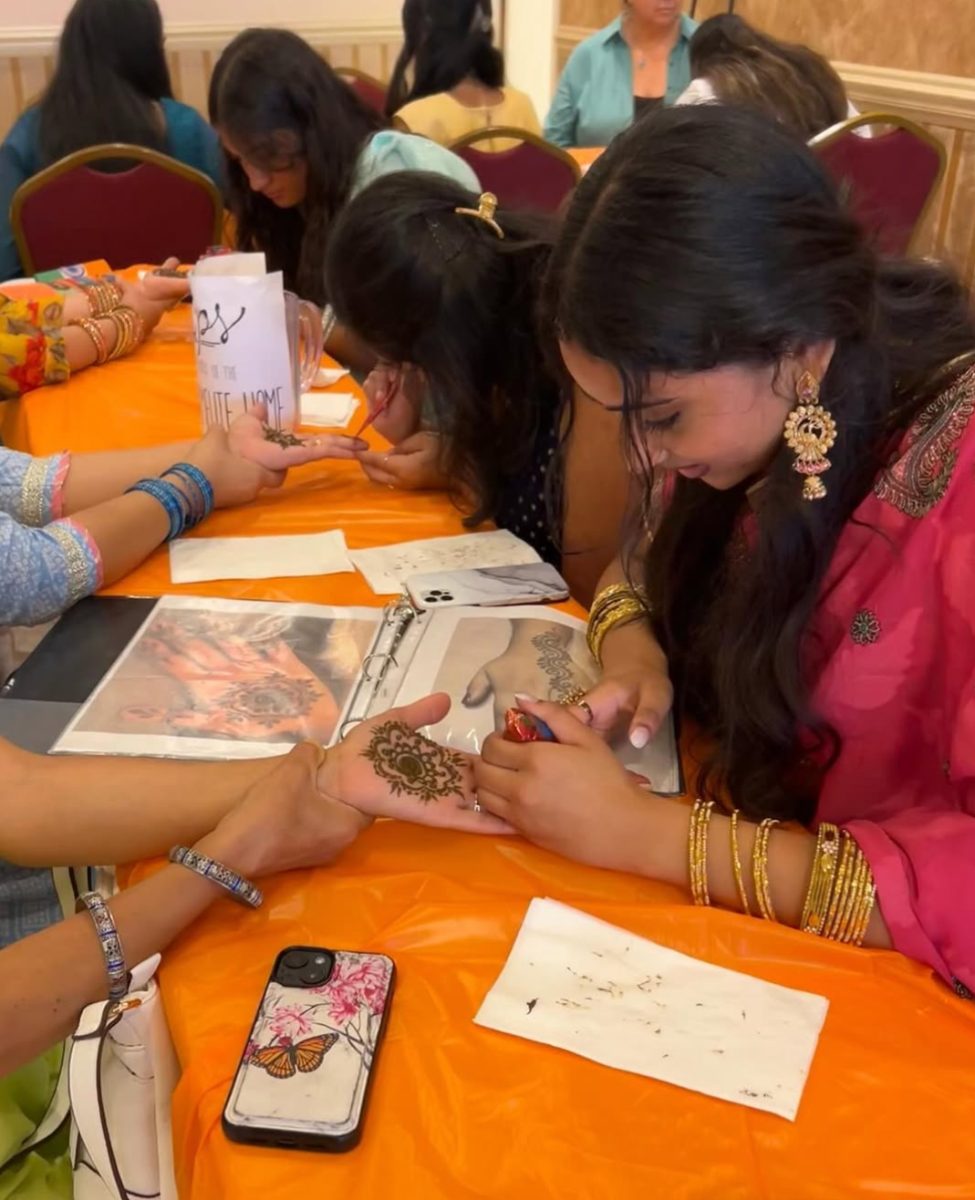




![SNAP HAPPY Recording on a GoPro for social media, senior Sam Mellon has recently started a weekly sports podcast. “[Senior] Brendan Feeney and I have been talking about doing a sports podcast forever. We love talking about sports and we just grabbed [senior] Will Hanas and went along with it,” Mellon said.](https://mhsnews.net/wp-content/uploads/2025/04/sam-892x1200.png)















